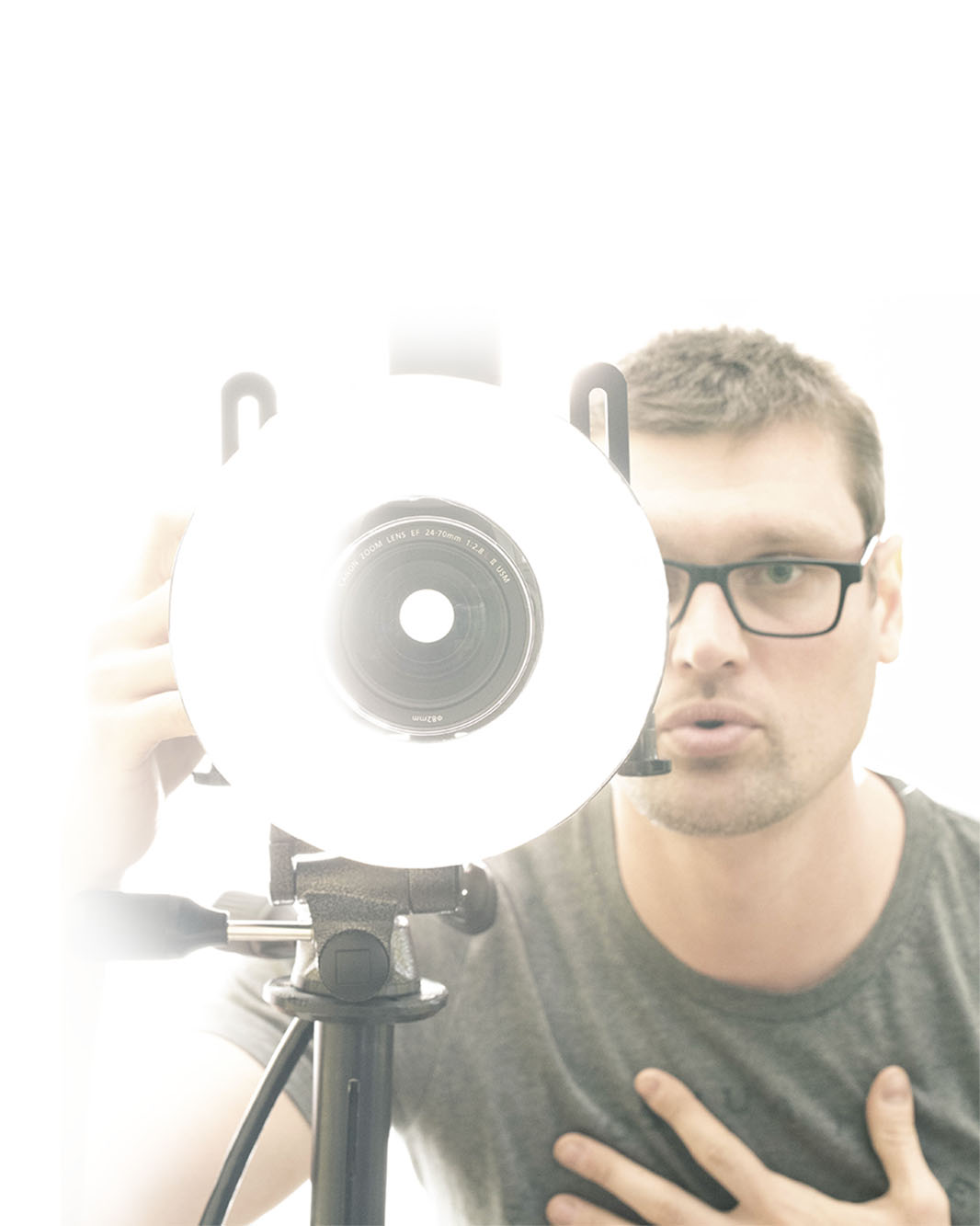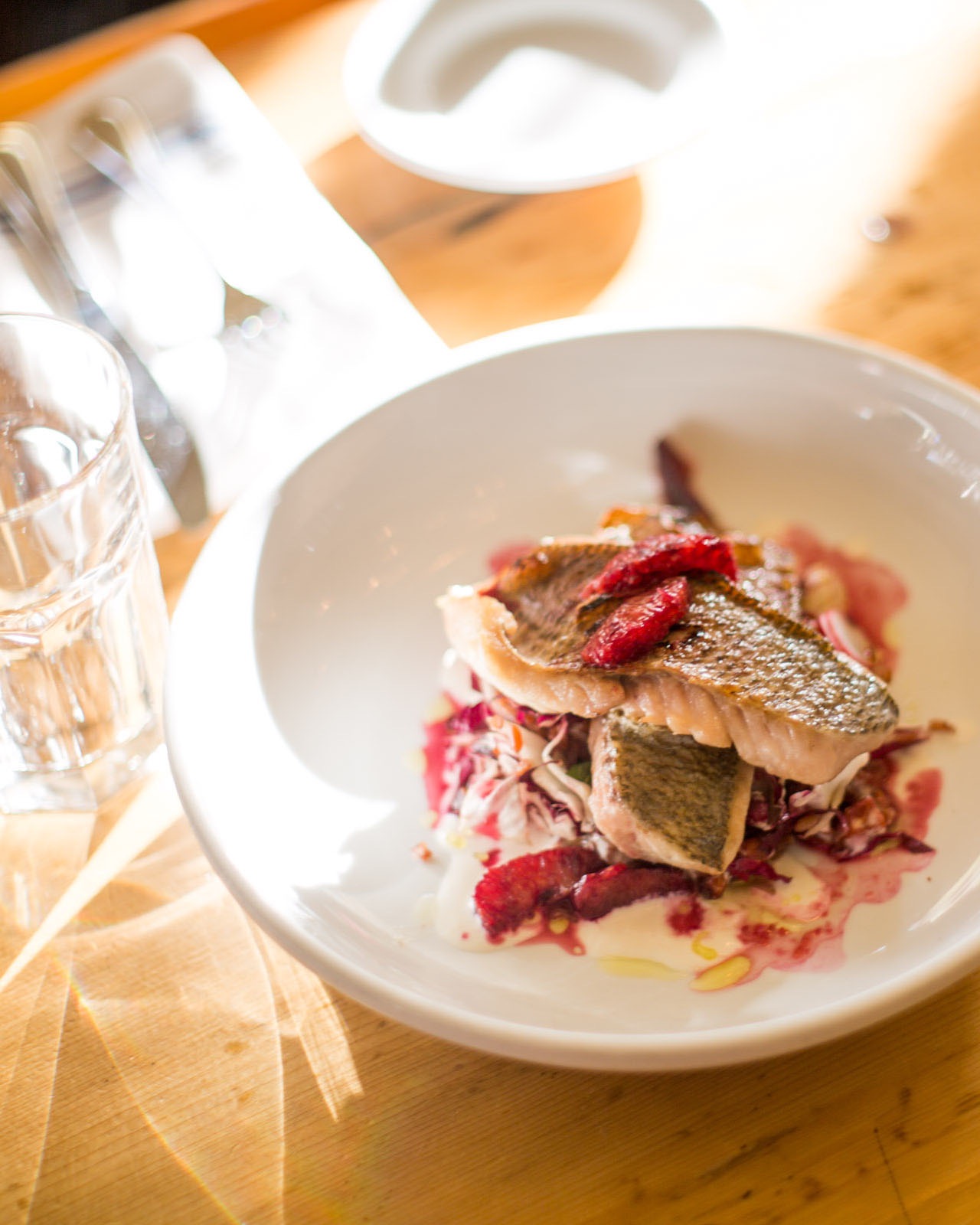
How to do lighting in Restaurants
Photographs are made out of light. Mastering light means mastering photography.
Shooting with Natural Light in restaurants in New York
Lighting in most restaurants is awful for food photography. If you’re lucky you can get a table close to a window but that’s not always an option. I’ve done many photoshoots at restaurants in Midtown or the Financial District in Manhattan where there either weren’t windows or the light coming from them was blocked by skyscrapers across the street. Or other times when window light was available but light reflecting off of windows from sometimes far away buildings beamed in ruining my shot. Reflected light from windows can do fun interesting things but it’s unpredictable and really inconvenient if you’re trying to stick to a cohesive aesthetic throughout the photoshoot. Lighting equipment is essential and when I had the money to invest in LED and strobe lighting it made my job a lot easier. But there’s a lot that you can do with just natural light.
When I first started photographing food in NYC I didn’t have a lot of fancy photo equipment. At the time I only had Mole Richardson hot lights which are great lights in a studio environment but those weren’t really appropriate to use in restaurants. Luckily there’s a lot that you can do with just natural light and some basic light shaping tools. I had a 32” Zip disk with a white, black cover and a translucent inner disk for softening the light. My most used tool by far were foam core books that I made myself. It’s just two sheets of foam core thats white on one side and black on the other that I taped together with white and black gaffers tape. I know very high tech tools. But using light modifiers is the basis for everything in photography. I modeled them after much larger 8 x 4 foot bounce flats that I had used when working in photo studios in the past. Only these were much smaller and slightly larger than the proportions of the average plate of food. Their main purpose was to bounce light back into the shadows to illuminate the dark areas but they were also handy at blocking the yellowish tungsten light coming from the restaurant.
Different sources of light can photograph as different colors. Your eye and brain do everything that it can to filter out this effect but the camera sees the world as it is without a filter. This is referred to as the lights color temperature and it's measured in kelvin. Daylight is usually about 5200K and the camera sees the light as blueish in tone. Tungsten or indoor human-made light is usually between 2800k and 3200k and when photographed the camera sees this as a orangish/yellow haze. As photographers we can compensate for this but where things get tricky is where the two light sources meet. There are some fun interesting effects that can happen but when photographing food I would recommend as much as possible to keep your different light sources separate from one another. And the foam core book is the perfect way to do that.
Because they were books I could set them down on the table and they would stand up and support themselves freeing my hands to hold the camera. With just these simple tools you can do some pretty amazing things. But you have to really pay attention to what the light is doing and use constructive reasoning to achieve the look and aesthetic that you and your clients desire.
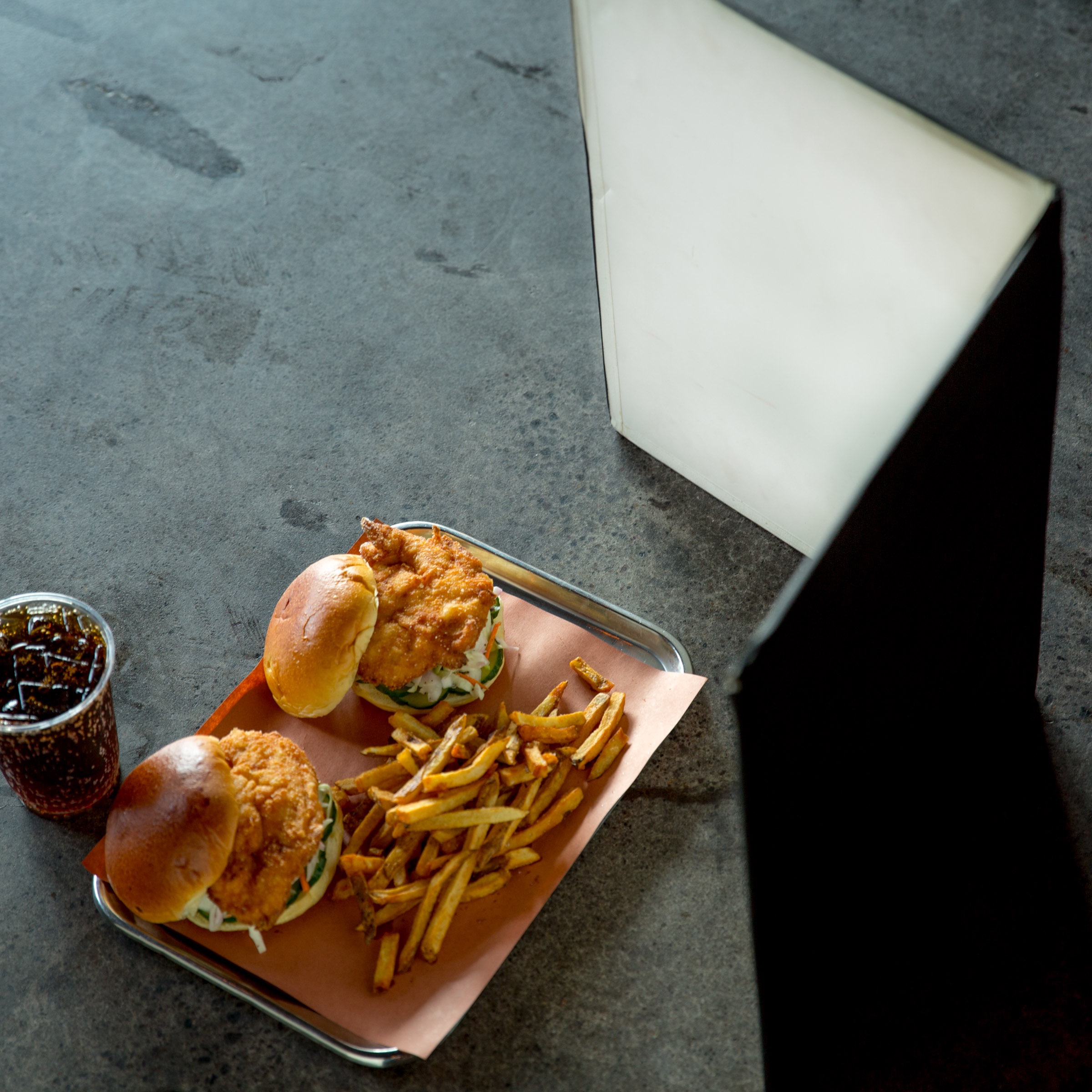
Shooting with LED
LED lighting is relatively new and fantastic. These are continuous lights that emit usually a soft daylight balanced light that doesn’t get hot. They also require lower power levels to run which makes them energy efficient and you can realistically run an average LED light for 2 hours on a battery. For photoshoots I always bring spare batteries and chargers just in case the battery runs out. The downside to LED lights is that compared to strobe lighting of a similar size they don’t have as much total power output. You can get larger units but then you’re bringing a very large light to a space where it’s better to be as inconspicuous as possible. Relatively inconspicuous, when I’m in a restaurant I hear people say the word photoshoot and point towards me constantly. And if you’re in a situation where you either need to overpower the ambient light or use a very small aperture to pull a lot of focus this won’t necessarily be the light for the job. As if you're shooting people the lower power output might make it harder to freeze and capture the action.
Because they're continous light sources LED's are also great for shooting video. There have been times when I've brought LED lights to a shoot where my client wanted to do a still photography shoot and then switch to shooting video and because I was already using LED lights I could make that a relatively quick easy transition.
When shooting in restaurants speak with your client to get an idea of whether or not you will be shooting during service, what time of day and how busy the restaurant might be. Whenever possible I prefer not to shoot during service only to minimize the interruption to the restaurant, and because then I know that I’ll have the staff and the chef’s full attention. If I’m shooting cocktails and the bartender is taking orders and making drinks for customers in-between making cocktails for the photoshoot the work won’t be as good as it could have been. You’re less free to move around and try new different angles in a fully packed restaurant. But that doesn’t mean that it can’t be done. I’ll make sure to bring an extra zip disk to block any light that might spill over and distract dinner guests. If we don’t need to see the environment I might ask if there’s a space in the kitchen that I can shoot in or possibly a private dining room. But it is still possible to shoot in the main dining room during dinner service on a Friday night, and it has been done, I just don't necessarily recommend it.
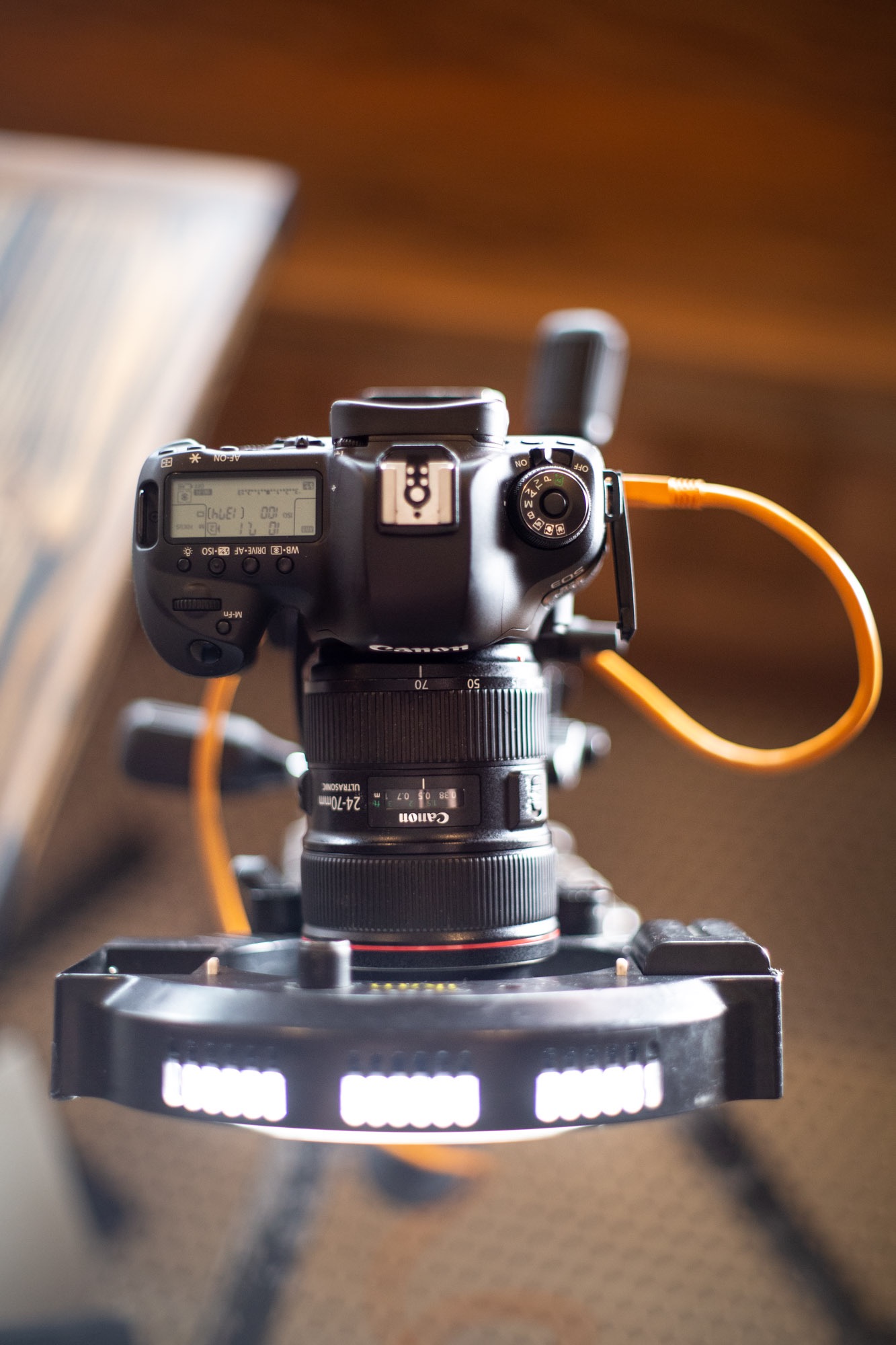
Shooting with Strobe Light
Strobe light is my go to when shooting food photography in restaurants. I have a location light kit that I customized and put together myself. I started my career in Chicago where the Speedotron brand is from and every photo studio in Chicago uses Speedotron. They’re not fancy lights, but they’re good solid and reliable. When the nuclear blast hits and everything else has turned to dust my Speedotron lights will still be here. I have various packs and heads but my go to light kit is a 102 head, Speedotron Explorer 1500w/s battery pack and a Profoto ring light that I modified to be powered by the Speedotron battery power pack. The battery pack is great to use in restaurants because finding power outlets can be challenging and running power cords across the floor is not realistic during service. With this setup I can shoot literally anywhere with the least amount of fuss.
But whats really important is not the light source itself but the shape of that light.
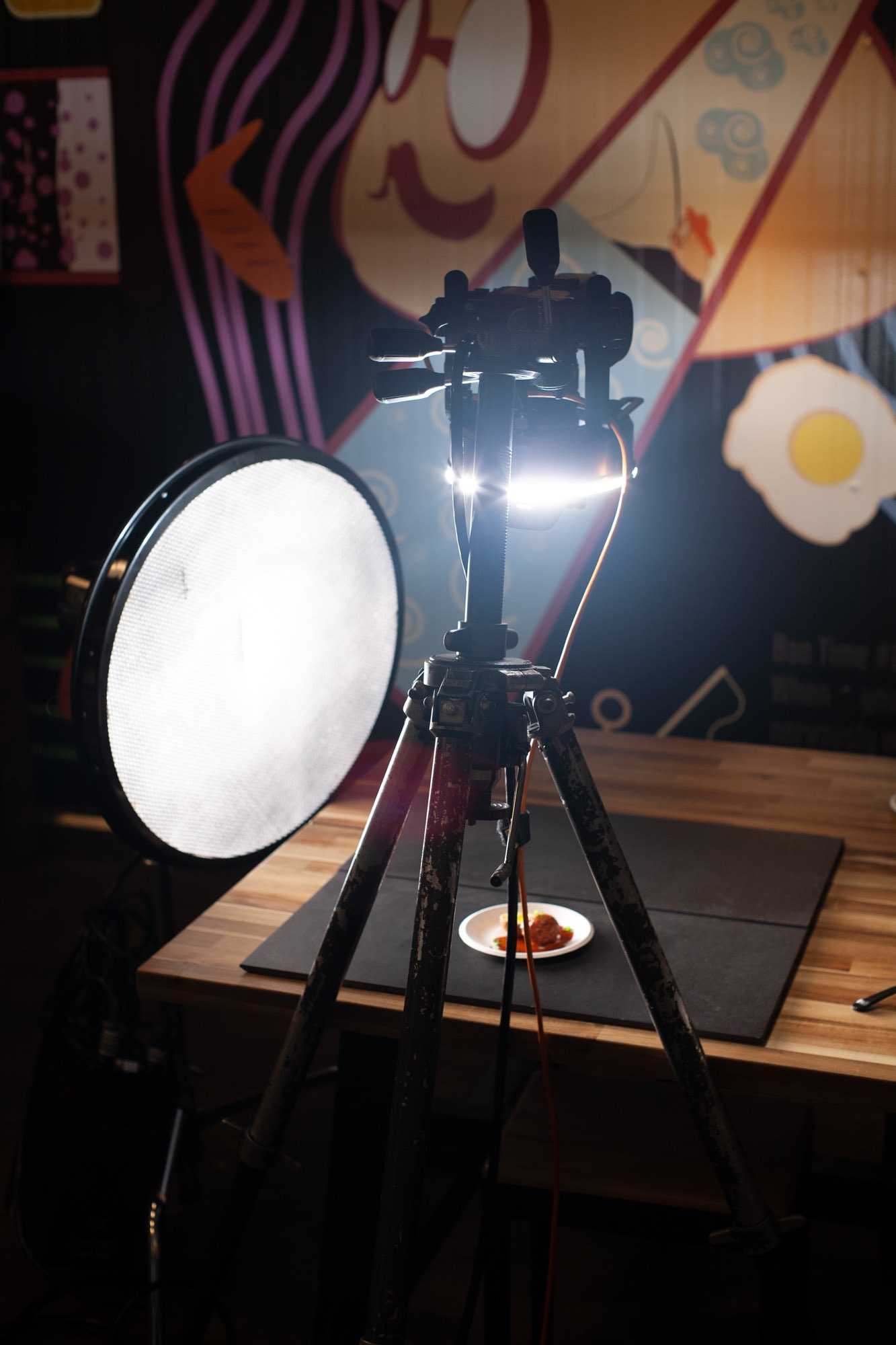
There are many other kinds of lights to use. Feel free to explore and try new things. I’m currently researching LED wand lights and have been considering adding that to my equipment list. You can try them out but I don’t recommend using HMI lights in restaurants. They’re great lights but it takes a while for the ballast to charge enough to spark the head. And if you have to unplug or move the light it can be a couple of minutes before you can use it again. Kino Flo lights are also great lights that I’ve researched and used extensively but the light tubes are extremely fragile. And I don’t think that I would feel confident using a Kino Flo as my everyday light shooting on location.
Articles
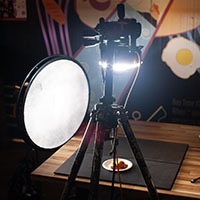 How to do lighting in Restaurants - Lighting is most restaurants is awful for food photography.
How to do lighting in Restaurants - Lighting is most restaurants is awful for food photography.
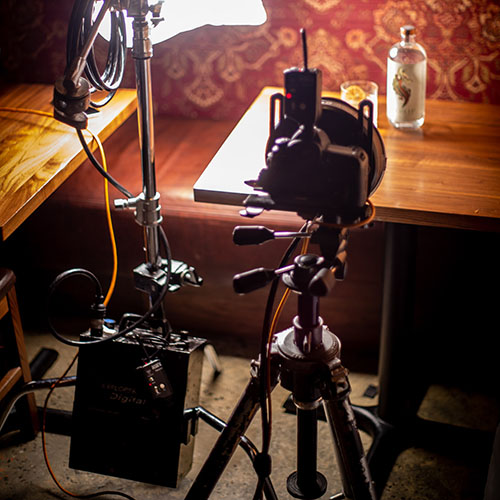 Batteries - A Food Photographer's best friend.
Batteries - A Food Photographer's best friend.
This is an ongoing project with more coming soon.





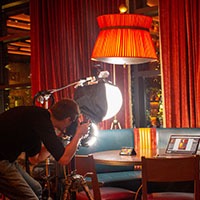 How to be a Food Photographer. - Practice. Show your work to people. Repeat.
How to be a Food Photographer. - Practice. Show your work to people. Repeat.
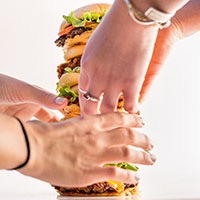 You're only as good of a Food Photographer - as the people that you work with.
You're only as good of a Food Photographer - as the people that you work with.
 How to do lighting in Restaurants
How to do lighting in Restaurants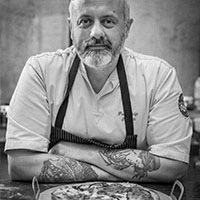 Pics Vs. Photographs - I don't take Pics but I don't mind when other people do.
Pics Vs. Photographs - I don't take Pics but I don't mind when other people do.
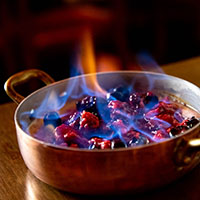 How to Shoot Fire Baby! - How to capture fire in a food photograph.
How to Shoot Fire Baby! - How to capture fire in a food photograph.
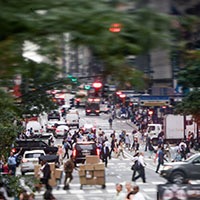 Getting to the Job. - Some days this is the hardest part.
Getting to the Job. - Some days this is the hardest part.
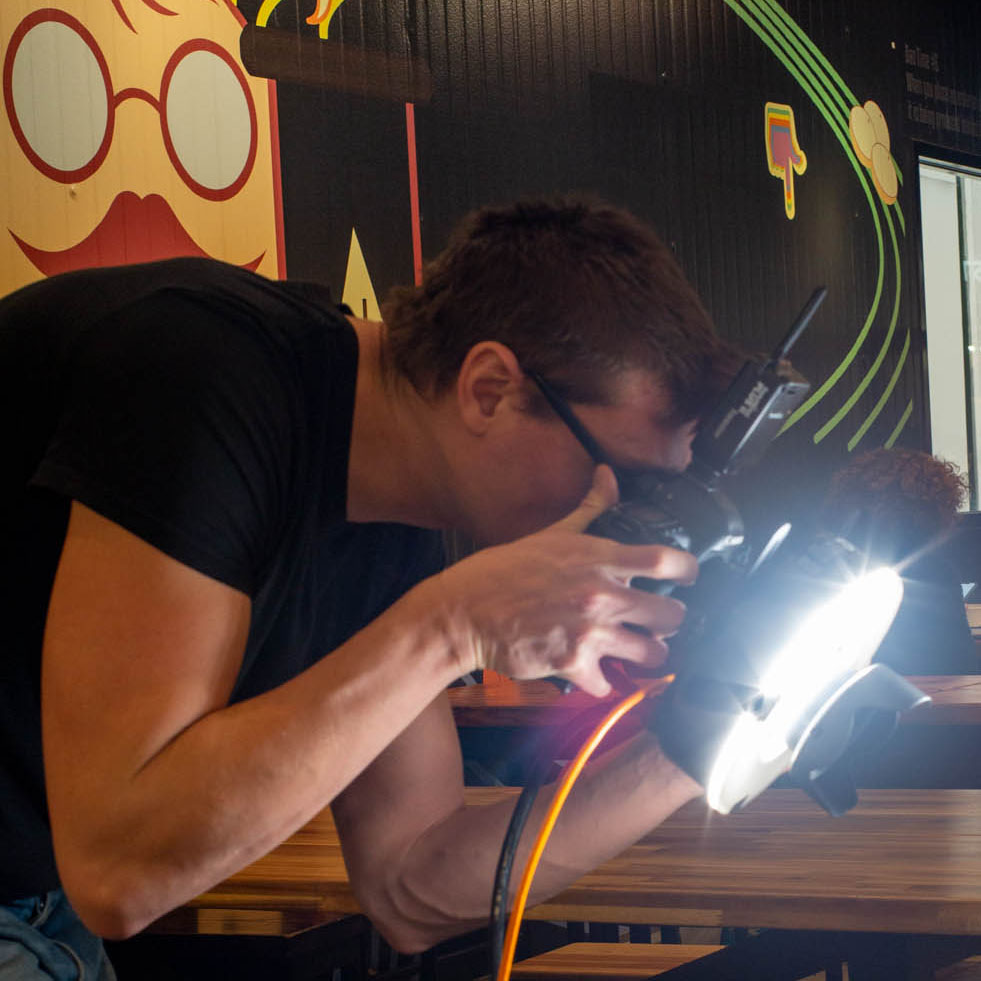 How to shoot with a Ring Light - My not so secret, secret weapon.
How to shoot with a Ring Light - My not so secret, secret weapon.
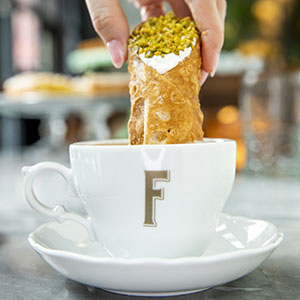 Passport to the World - Cannoli in the coffee.
Passport to the World - Cannoli in the coffee.
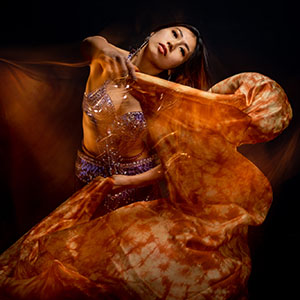 Test Photoshoots - Try it you might like it.
Test Photoshoots - Try it you might like it.
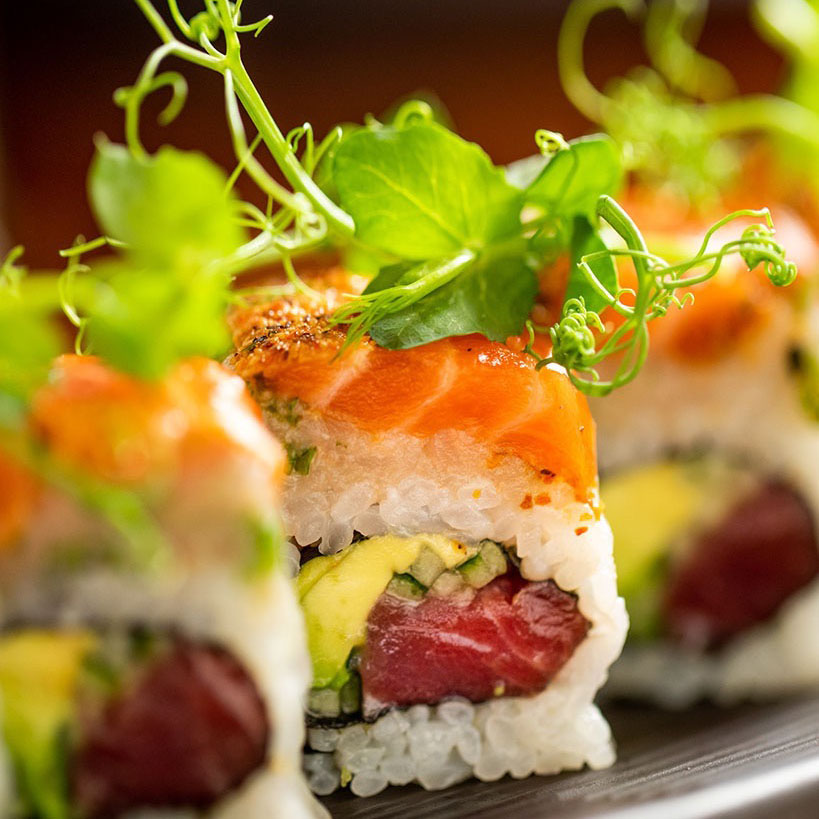 If you Hate my Photograph - I will cry myself to sleep tonight.
If you Hate my Photograph - I will cry myself to sleep tonight.
 Batteries - A Food Photographer's best friend.
Batteries - A Food Photographer's best friend.
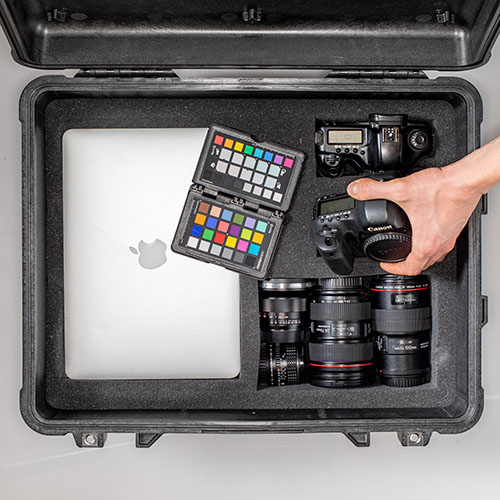 Camera Kits - Everything you'll ever need.
Camera Kits - Everything you'll ever need.
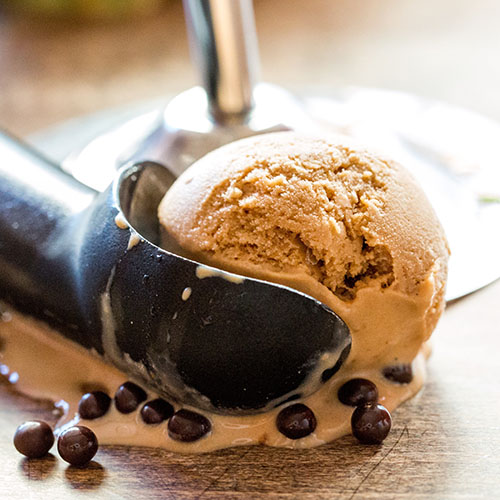 Focus Food Photographer - Focus.
Focus Food Photographer - Focus.
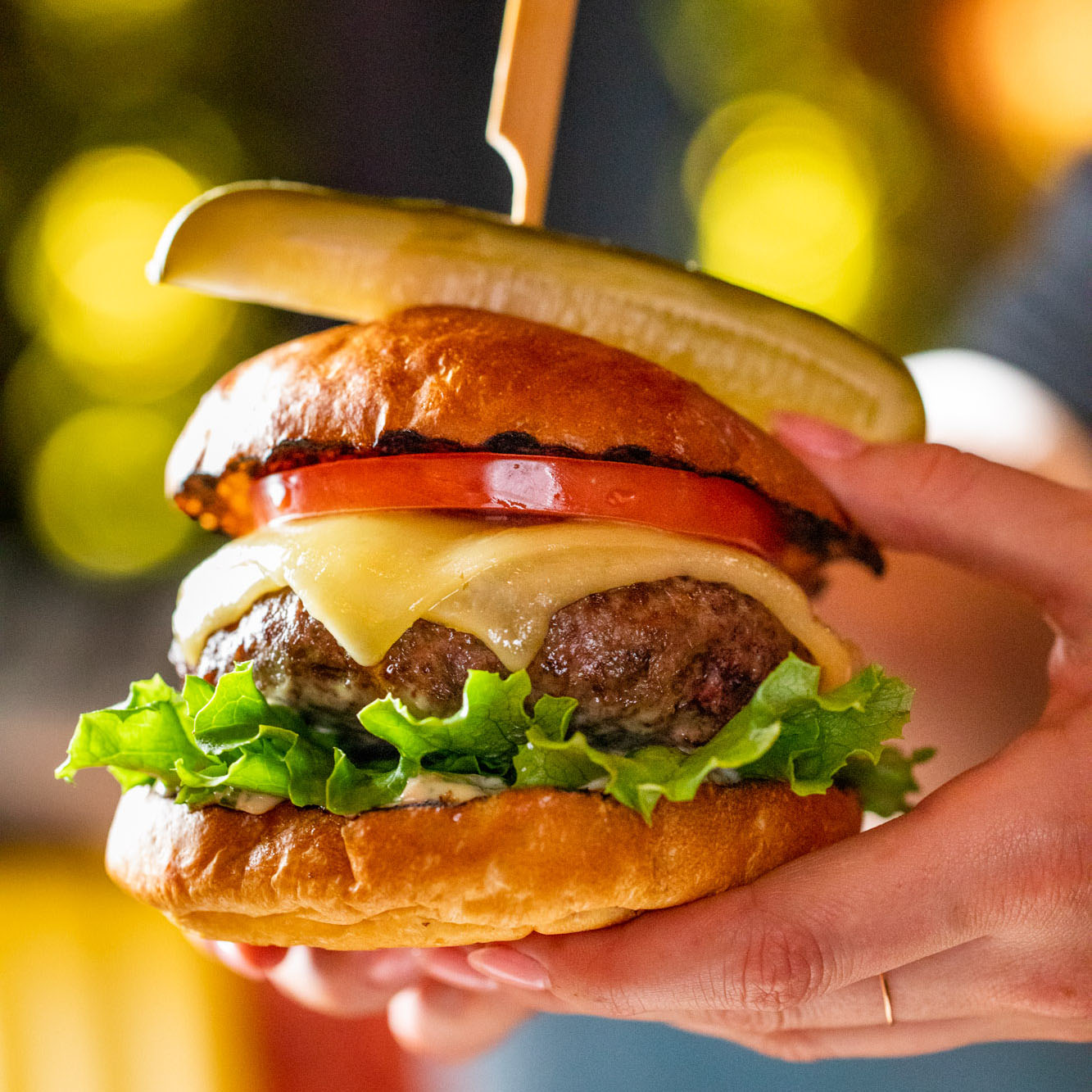 Food Photographer's Ego - Leave your g$d d%$#ed ego at home.
Food Photographer's Ego - Leave your g$d d%$#ed ego at home.
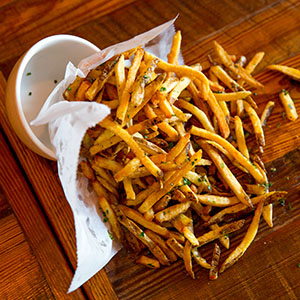 Spilled Food - S*!t Happens. Sorry for all the swearing.
Spilled Food - S*!t Happens. Sorry for all the swearing.
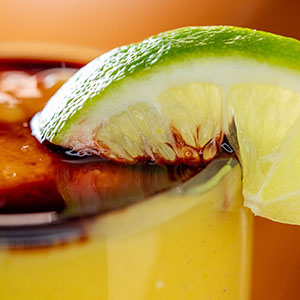 A One Day Photo Shoot - is NOT a 1 day shoot.
A One Day Photo Shoot - is NOT a 1 day shoot.
